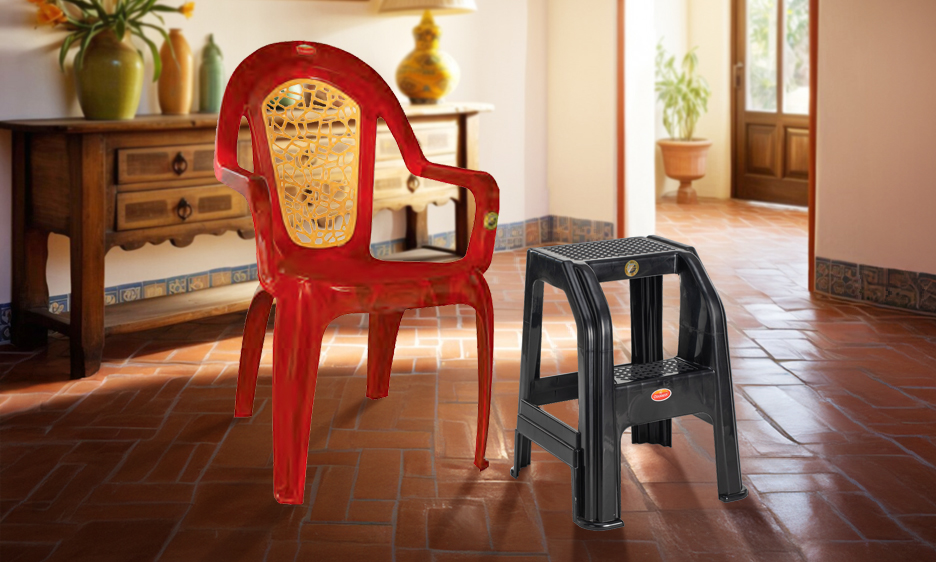Choosing the right furniture for your home is not just about filling up space; it’s about creating a comfortable and inviting environment that reflects your style and meets your practical needs. With so many options available, it can be overwhelming to know where to start. In this comprehensive guide, we’ll walk you through the essential steps to help you choose the perfect furniture pieces for your home.
Understanding
Understanding Your Space
Before you start shopping for furniture, take some time to evaluate your space. Measure the dimensions of each room and consider factors such as layout, traffic flow, and existing architectural features. This will help you determine the size and scale of furniture pieces that will fit comfortably in your home.
Define Your Style
Your furniture should complement the overall style and aesthetic of your home. Whether you prefer modern minimalism, rustic charm, or classic elegance, identifying your personal style will guide your furniture selection process. Consider factors such as colour palette, materials, and decorative elements that resonate with your taste.
Assessing Your Needs
Next, consider how you use each room in your home and what furniture pieces are essential to meet your needs. For example, a living room may require a comfortable sofa for lounging, while a dining room needs a sturdy table and chairs for meals. Make a list of must-have furniture pieces for each room to prioritize your shopping list.
Quality Matters
Investing in quality furniture is essential for durability and longevity. Look for reputable furniture brands known for their craftsmanship and use of high-quality materials. Solid wood construction, sturdy frames, and durable upholstery are indicators of well-made furniture that will stand the test of time.
Comfort and Functionality
While aesthetics are important, comfort and functionality should not be overlooked. When choosing sofas, chairs, and beds, consider factors such as seat depth, cushion firmness, and ergonomic design for optimal comfort. Additionally, think about how each piece of furniture will function in your daily life and whether it meets your practical needs.
Mixing and Matching
Don’t feel restricted to matching furniture sets; mixing and matching different styles and materials can add visual interest and personality to your home. Experiment with combining vintage and modern pieces or incorporating contrasting textures and finishes for a curated look that reflects your unique style.
Consider Space Planning
Effective space planning is essential for creating a functional and visually appealing layout. Arrange furniture pieces to maximize space and create designated areas for different activities. Leave enough room for traffic flow and ensure that furniture placement facilitates easy movement and conversation.
Budget Wisely
Set a realistic budget for your furniture purchases and prioritize spending on pieces that are essential and will have the most significant impact on your home’s comfort and style. Consider investing in key pieces such as sofas, beds, and dining tables, while opting for more budget-friendly options for accent pieces and accessories.
Test Before You Buy
Before making a final decision, test out furniture pieces whenever possible. Sit on sofas and chairs, lie down on beds, and open drawers to assess quality and comfort. Many furniture stores offer showroom displays where you can experience furniture firsthand before making a purchase.
Choosing the right furniture for your home is a significant investment that requires careful consideration. By understanding your space, defining your style, assessing your needs, and prioritizing quality and comfort, you can create a home environment that is both functional and aesthetically pleasing. Follow these essential guidelines to make informed decisions and curate a space that reflects your personality and lifestyle.
Conclusion
Choosing the right furniture for your home is a significant investment that requires careful consideration. By understanding your space, defining your style, assessing your needs, and prioritizing quality and comfort, you can create a home environment that is both functional and aesthetically pleasing. Follow these essential guidelines to make informed decisions and curate a space that reflects your personality and lifestyle.

